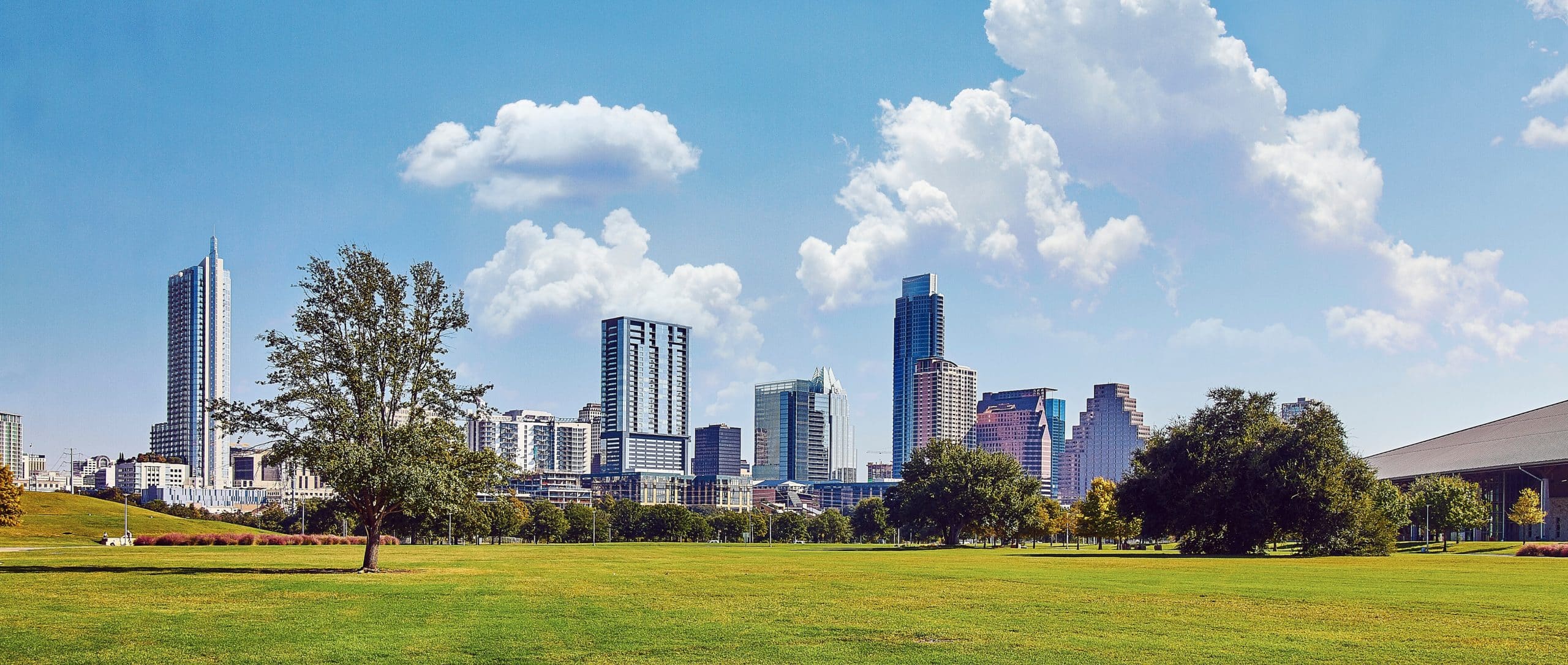
Light Pollution: The Effects of Artificial Light on Wildlife
Our artificial light solutions are an essential part of modern society; the majority of homes, offices and outdoor areas are illuminated by LED lights and without them our daily lives would be a struggle. But these lights also present a problem.
Not only is artificial light damaging to our health, contributing to light pollution and using a huge amount of energy, it is also dangerous to the survival of many species of wildlife.
Many species have very specific routines they depend on to survive. These routines include sleeping and eating patterns, mating habits, as well as flight and hunting paths. Natural light is essential for many types of wildlife to sustain these routines and without natural light, they might become confused, easily visible to prey and unable to survive.
Sources of artificial light from cars, houses and city buildings make it impossible for these species to follow natural light cycles from the sun’s movements and sustain a normal circadian rhythm, which often has fatal results.
So, what is being done about it?
As awareness of the issue grows, actions are being taken to try and encourage people to be more mindful to the wildlife around us when using artificial light.
Wildlife charities such as WWF are doing all they can to spread awareness of the issues caused by light pollution. WWF have an annual Earth Hour, where they ask people across the world to switch off their lights for one hour to make a stand against climate change. In 2018, Earth Hour had 9 million participants in the UK alone. British Astronomical Association’s Campaign for Dark Skies advocates that councils and organisations use the right amount of light and only where needed to help stargazers. It is actions like these that can help to spread awareness of the issue and eventually influence change within society.
Academic research is also being done to try and find ways to alter our modern lighting solutions so they are more environmentally-friendly. Research by the University of Exeter has shown lighting can be tailored to reduce its impact on the environment. A study carried out by the university showed the number of species affected by LED lighting was greatly reduced when the lights were dimmed by 50% and switched off between midnight and 4am.
The study shows we don’t have to cut out artificial light completely. By simply dimming your lights when you aren’t using them, you can make a huge difference to the safety of the wildlife around you.
What can you do to help?
Once you’re aware of the issue, there are lots of things you can do to help make a positive change for the wildlife around us. First of all is to be aware of the amount of light you are using, switch lights off when you are not using them and try not to leave lights on in your house overnight. If you need to use your indoor lighting at night, consider getting window covers that will prevent the glare of your lights from being seen outside. If you have outdoor lighting, consider installing low-glare fixtures and placing motion sensors on your light applications.
The infographic below, created by 4ever Deck, gives you a more in-depth look at the problem, outlines the issues caused by artificial lighting and proposes some viable solutions.

Whilst light pollution is currently an issue, it’s important to remember as awareness of the issue grows, people will hopefully respond by making positive changes that will make our planet and skies safer for wildlife everywhere.
Sources:
http://www.bbc.co.uk/blogs/natureuk/2010/05/light-pollution-and-wildlife.shtml
https://phys.org/news/2017-02-major-impact-wildlife.html
Author bio: Katie Myers is a content writer for 4ever Deck, a company that supplies a large range of high quality garden products. As leaders in their industry, 4ever Deck is dedicated to inspiring their customers to transform their gardens in new and creative ways.




Post a comment